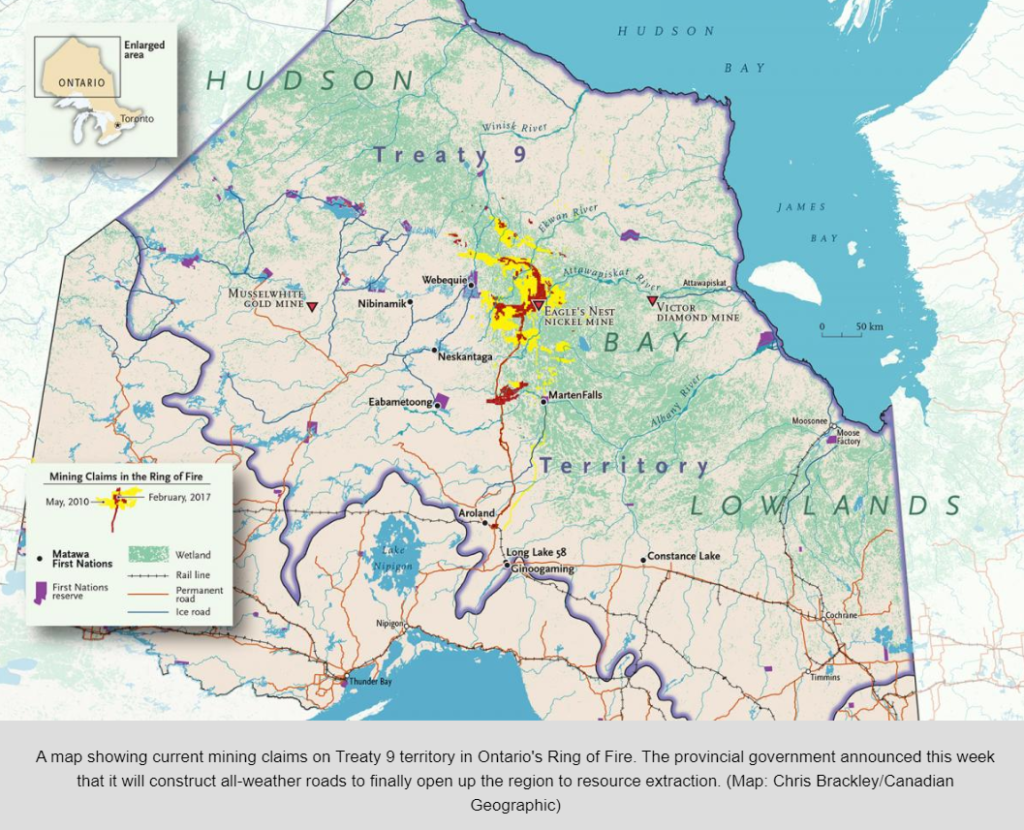JOHANNESBURG (miningweekly.com) – The ferrochrome business remains solid and there is still a large amount of ferrochrome required in the world.
Unfortunately, most of the production occurs in ferrochrome plants in China, while South Africa continues exporting chrome ore and moving a large amount of it to China owing to South Africa not being competitive in respect of electricity prices.
Glencore CEO Ivan Glasenberg pointed this out in response to a question put to him by Mining Weekly during a media conference following last week’s presentation of half-year results in which the marketing division of the London- and Johannesburg-listed company outperformed with adjusted earnings before interest and tax of $2-billion, allowing the company to raise full-year guidance to the top end of its long-term range of $2.2-billion to $3.2-billion.























